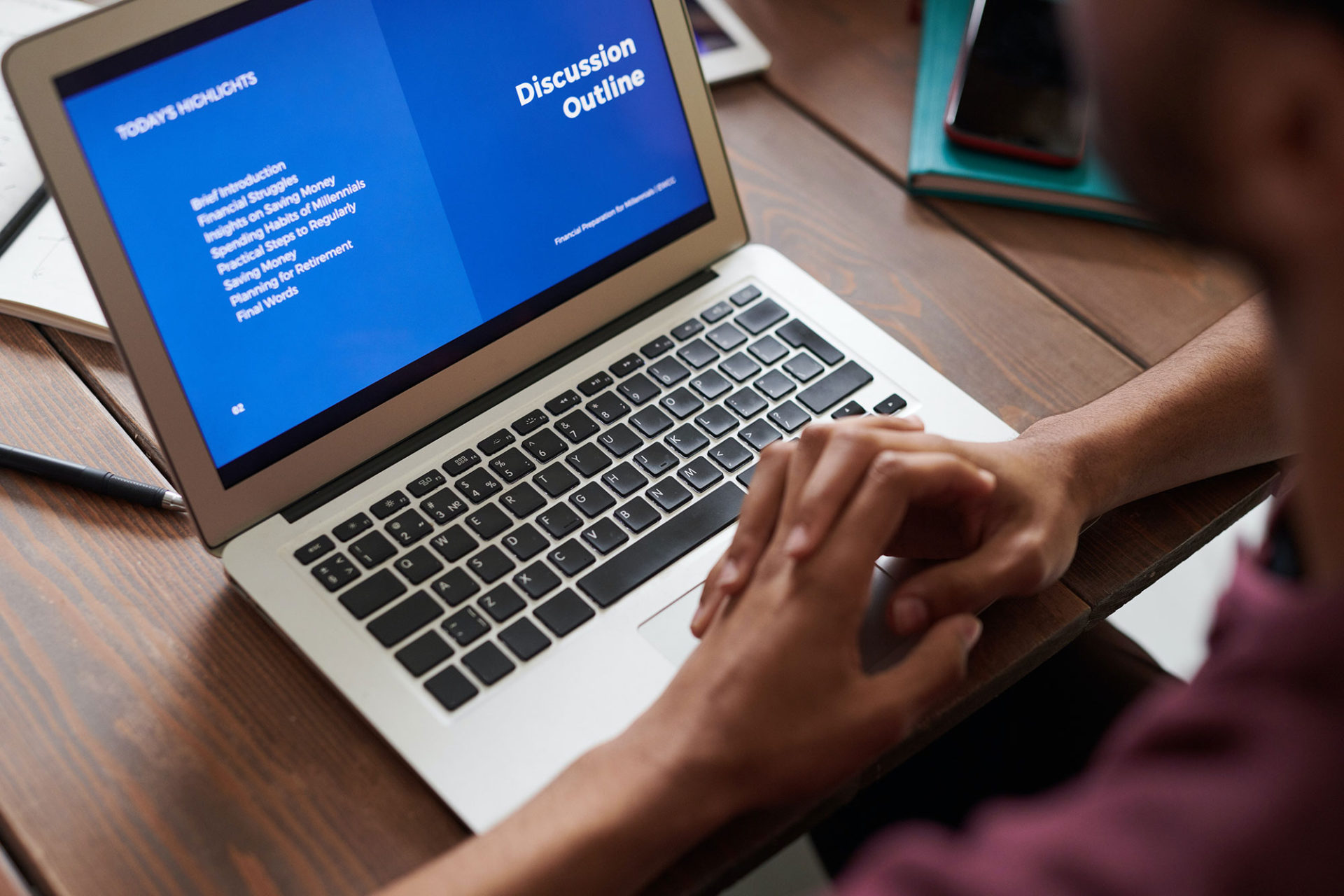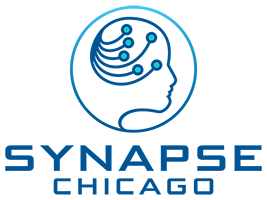an effective treatment plan for learning disorders
Finding your path
A learning disorder is an information processing problem. A person with a learning disorder may have trouble reading, writing, speaking, and/or solving math problems. Many of these children and adults are embarrassed by this and tend to hide their struggles instead of getting help. Often teachers see a student falling behind in school, performing poorly on assignments while being successful in other areas. While a learning disorder may affect one processing area, it can impact other areas of functioning as well, making it harder for teachers and parents to recognize. This can be especially devastating because early intervention is crucial for the child to meet their educational milestones.

What causes learning disorders?
Although there is no single cause for learning disorders, certain factors may influence their development. This includes family history and prenatal health (such as prematurity, low birth weight, and drug and alcohol exposure). Trauma, both psychological and physical (such as head injury) have also been linked to an increase in learning disabilities. Another aggravating factor is exposure to environmental toxins, such as lead exposure.
Treatment for learning disorders
Parents are often advised to spend thousands on tutoring and other learning programs. However, many learning disabilities are caused by neurological issues and not a lack of desire in the child to do well. Stimulants are also prescribed to improve attention temporarily. Still, all these fail to translate into positive outcomes in some people. Clinicians often misdiagnose these children with ADHD, or tell them these problems are untreatable, leaving parents frustrated on what options are available to them to help their child reach their full potential.

Understanding the brain of those with learning disorders
The outer portion of the brain called the cerebral cortex is divided into two hemispheres: the left and right, and are connected by neuronal fibers that allow communication between hemispheres. The left hemisphere is involved with writing, language, math, and logical reasoning. Malfunctioning connections between the different parts of the brain can result in processing problems or reading problems such as dyslexia. Other forms of connection issues can cause social behavior problems and affect the ability of a person to make and keep friends.
The Science
With a variety of learning disorders with multifactorial symptoms and presentations, it is crucial to create a treatment plan that is both individualized and effective. Synapse Chicago will tailor a program specifically for you that targets the underlying cause along with associated symptoms.
The Physiology
Learning disabilities are neurologically based disorders. In many cases, certain brainwaves are either too fast or too slow, which affects how the brain processes information. An initial brain map can identify those areas, with Neurofeedback targeting the areas of dysfunction to form new neural pathways so that the brain can function more efficiently. Neurofeedback has been proven to treat learning disabilities without medication side effects so that a person can function at an optimal level, which leads to better academic performance in math, reading, and auditory and visual processing.
The Psychology
Those with learning disabilities often feel frustrated, and at times hopeless. They know they are intelligent, but this doesn’t translate into their test scores or work performance. This can lead to self- doubt, poor self-esteem, anxiety, and depression. Approaches such as traditional talk therapy and Cognitive Behavioral Therapy can help mitigate these symptoms, along with providing psychoeducation on their learning disorder. They can also provide guidance on how to achieve one’s goals so that the individual is in control of their learning disorder without the disorder controlling them.
Synapse Chicago is here for you
heal from your learning disorders with neurofeedback
